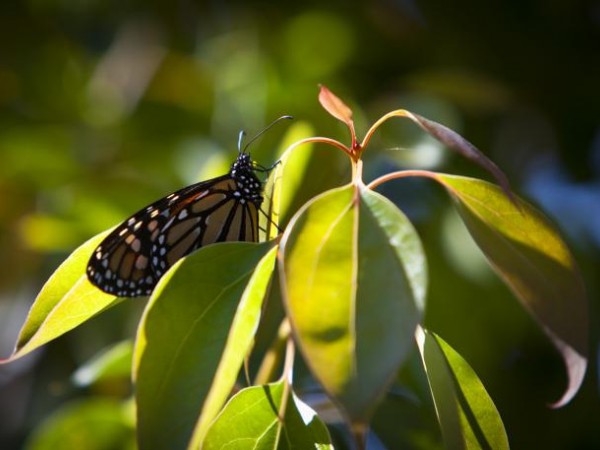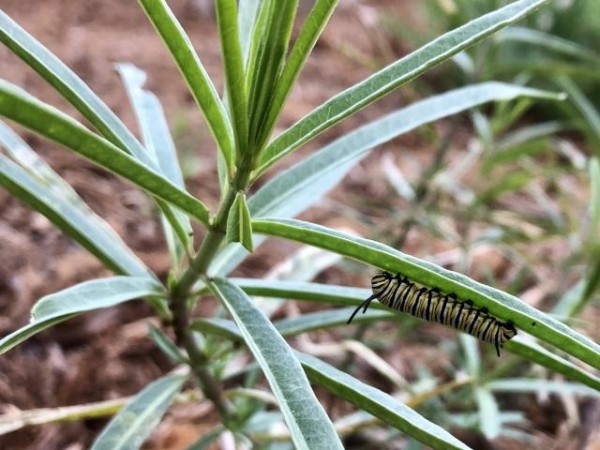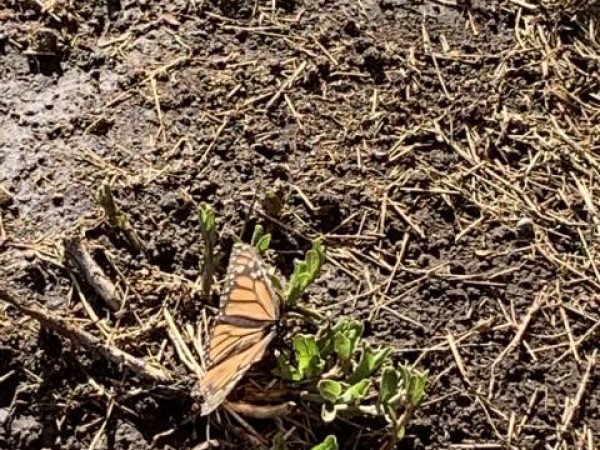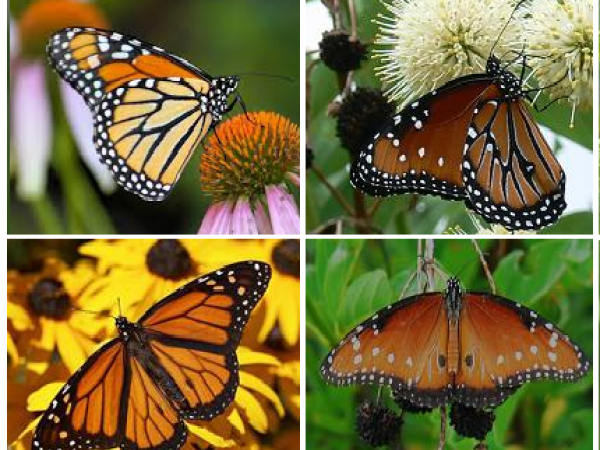Western Monarchs 2020 Spring Report #6
By Gail Morris
Patiently Waiting
Warm, sunny weather welcomed monarchs throughout their spring migration range this week. But monarch sighting reports still indicate monarchs are primarily in the warmer coastal region of California and the southwest. In the cooler southwest regions, milkweeds are emerging and ready for monarchs to fly their way!
California sightings
This week’s sightings again were all found in western California.
Greg spotted two monarchs on March 31 in Tustin. Where did he spot them? “This was in our backyard.”
Beth found two monarchs on April 1 in Venice. These were the first sightings of the spring season. They were “Flying around planted milkweed.” Let’s hope Beth finds eggs or larvae to report soon. Link to report
David had a nice surprise on April 2 in Lakewood. He spotted his first monarch of the season! “A Monarch came through my yard and disappeared into my neighbors.” Link to report
On the same day further south in Yorba Linda, Richard found six monarch larvae. “Just noticed these very healthy looking monarch caterpillars on the young sprouts of narrowleaf milkweed [Asclepias fascicularis] right by my front door!”
Last year by this date we saw reports of worn monarchs in southeastern Arizona and New Mexico. This year our maps are void of sightings. But milkweed emerging sightings are important, too.
Renee in Corrales, New Mexico, found Asclepias subverticillata just breaking ground on April 3. “Horsetail milkweed in my yard.”
Monarch or Queen Larvae?
In the southern portion of the West monarch range, we also see queen butterflies, Danaus gilippus. Last week we learned how to tell the difference between monarch and queen adult butterflies. Both monarch and queens also use milkweed as their hostplant so it is important to tell the difference in their immatures, too.
Monarch and queen eggs look the same, but queen eggs are usually smaller in size. You can’t be sure until you they emerge from the eggs. In the larvae, however, it’s easy to tell the difference. Both monarch and queen larva have white, black and yellow markings, the warning coloration that says they are toxic. You’ll notice in this photo comparison their colors are the same, but the patterns are a distinctly different. The easiest identifier is the three pairs of filaments on queen larvae monarch have only two pairs. A queen’s filaments are often red-tipped instead of the typical all black filaments of a monarch. Keep a good eye out for these differences while exploring your milkweed patch in the southern regions of the West! What other differences and similarities do you see?
April monitoring
We should begin to see reports of monarch larvae and even fresh and new monarchs soon. But in many western states we are still protecting ourselves and each other by staying at home. So, take time to take a walk in your neighborhood and record what you see. Spend time each day outside in your own yard watching. You’ll be amazed at the activity that is still happening all around you. Isolation is hard, but we can still explore nature’s beauty unfolding around us this spring season. Take your camera along and let us know what you find! There are many different sightings you can report to Journey North to help everyone learn about your observations.
Report Your Sightings
Weather changes are in the air this upcoming week as an intense storm system sweeps through California and the southwest with heavy rains and late mountain snows. We need to hear from you about what you see around this event. Every monarch you see – whether an adult, egg, larvae or pupae – is important to report and we look forward to reading the observations that you send to Journey North this season! Are native milkweeds up and ready for monarchs where you live? Are native milkweeds blooming? Send in your photos!
Gail Morris is the Coordinator of the Southwest Monarch Study (www.swmonarchs.org), a Monarch Watch Conservation Specialist, and the Vice President of the Monarch Butterfly Fund and the Central Arizona Butterfly Association. The Western Monarch Population News is based on comments provided to Gail Morris. We hope to increase the number of sightings and therefore photos and comments entered into the Journey North. We rely on the volunteers who communicate regularly with Gail and who agree to participate in our effort to increase awareness of the population of western Monarchs.




